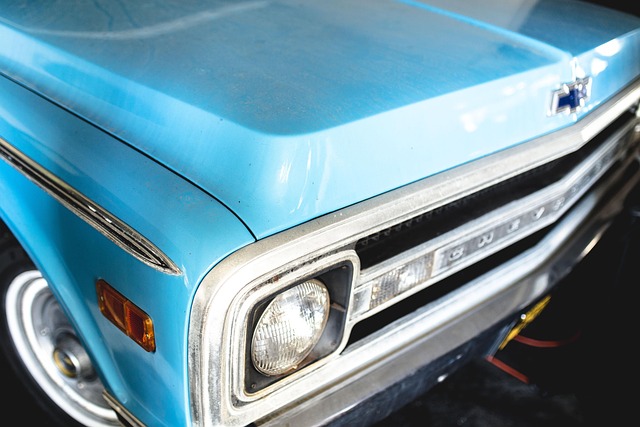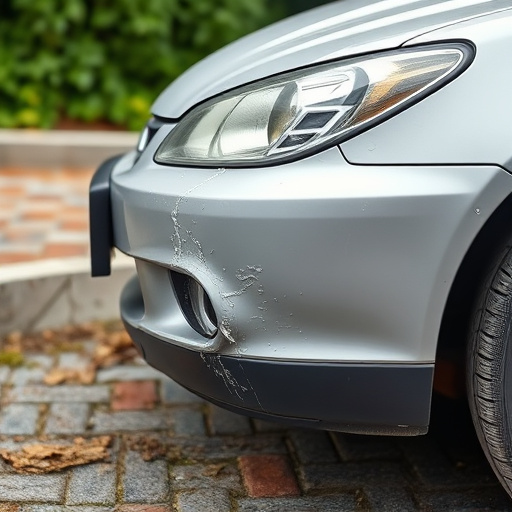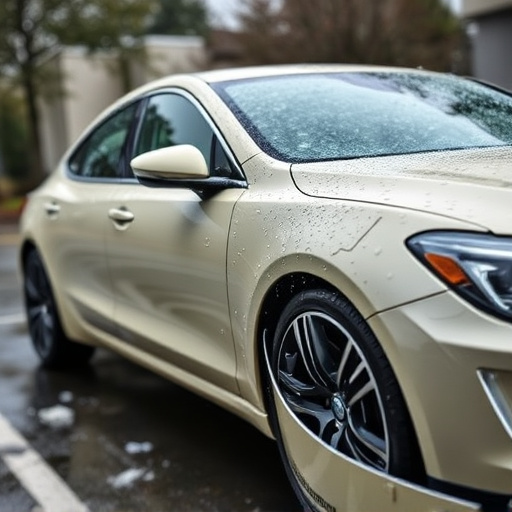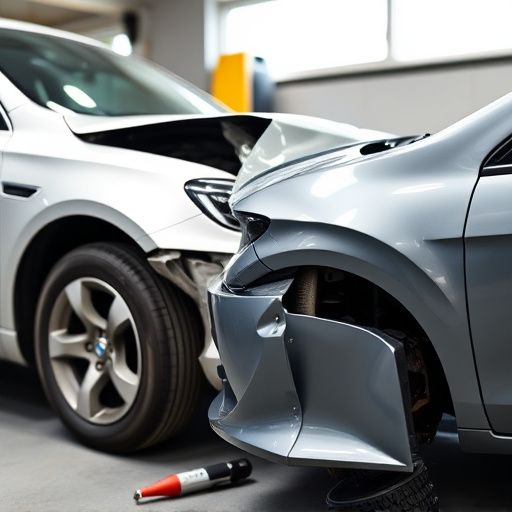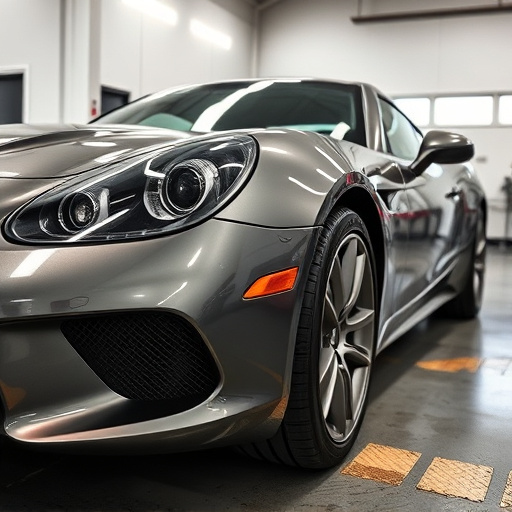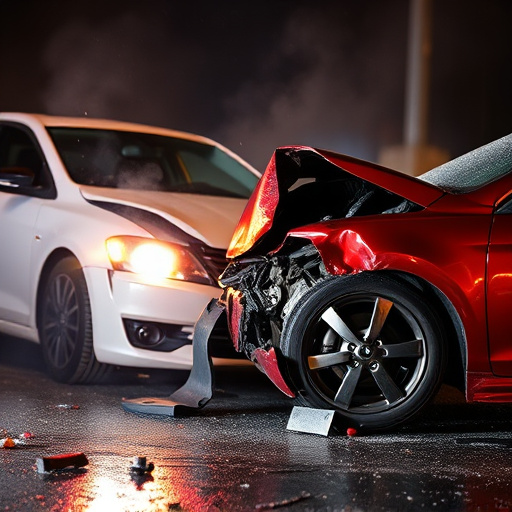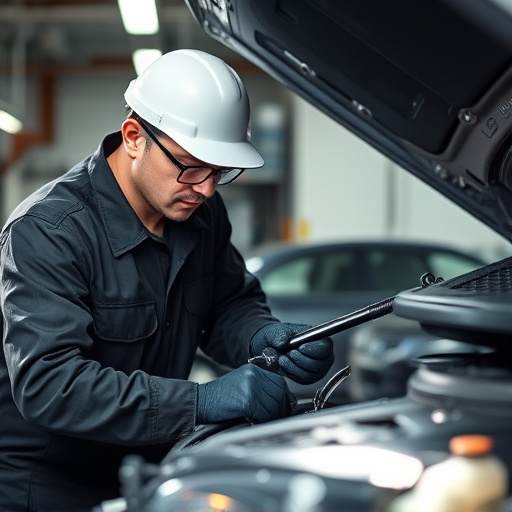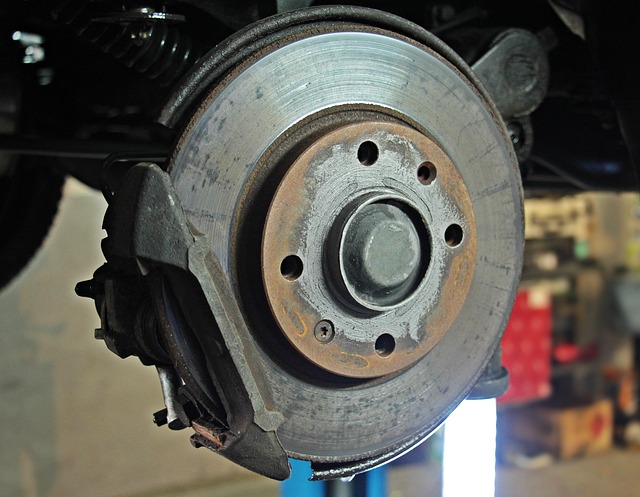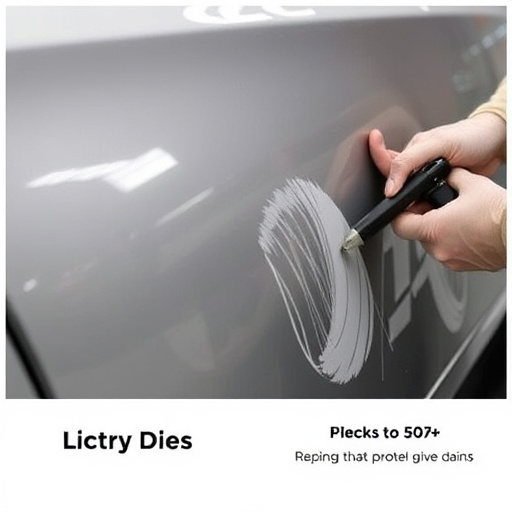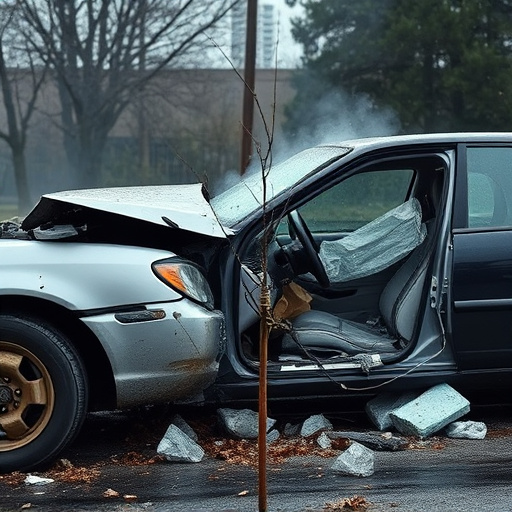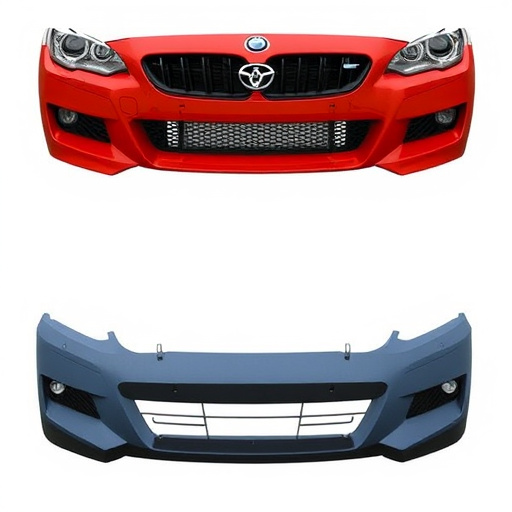Rocker panel replacement is vital for vehicle aesthetics and structural integrity, protecting against road debris. Damage, often from off-road driving, requires skilled collision repair techniques to restore panels seamlessly, maintaining the car's original finish and value. Advanced frame straightening ensures accurate realignment, preserving historical automotive beauty and safety through effective integration of traditional and modern methods.
Rocker panels, those sleek, yet functional components on either side of a vehicle’s body, play a pivotal role in both aesthetics and structural integrity. Understanding their intricate design and purpose is crucial for efficient collision repair and rocker panel replacement. This article delves into these aspects, exploring common causes of damage to rocker panels and highlighting integrated repair techniques that ensure seamless restoration. By employing advanced replacement methods, automotive professionals can restore not only the vehicle’s visual appeal but also its structural soundness.
- Understanding Rocker Panels and Their Role in Vehicle Aesthetics
- Common Causes of Damage and Repairs Needed
- Efficient Integration of Replacement and Collision Repair Techniques
Understanding Rocker Panels and Their Role in Vehicle Aesthetics
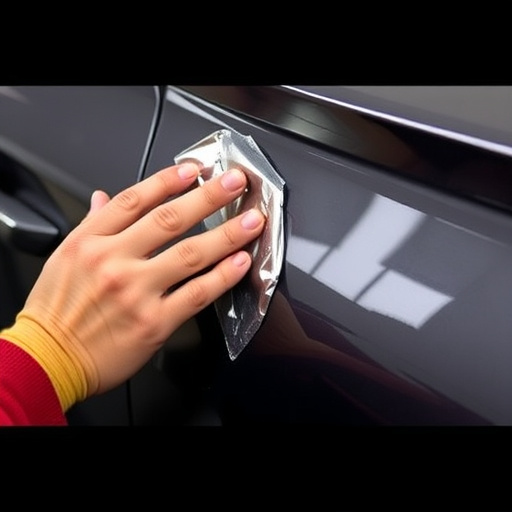
Rocker panels, also known as side skirts or sill panels, are an integral part of a vehicle’s exterior aesthetics and structural integrity. These panels run along the lower edge of a car’s body, from the front fenders to the rear wheels, and play a significant role in defining the overall look of a car. They not only contribute to the sleek and sporty silhouette of many vehicles but also serve as protective barriers against road debris, curbs, and other potential impacts.
In the event of damage, whether from a collision or a minor dent, rocker panel replacement becomes an essential part of both restoring the vehicle’s visual appeal and ensuring its structural soundness. Efficient rocker panel repair, which can often involve advanced techniques like dent removal and body repair, is crucial for maintaining the car’s performance and resale value. This process seamlessly integrates with collision repair methods, allowing for a seamless restoration that matches the vehicle’s original factory finish.
Common Causes of Damage and Repairs Needed
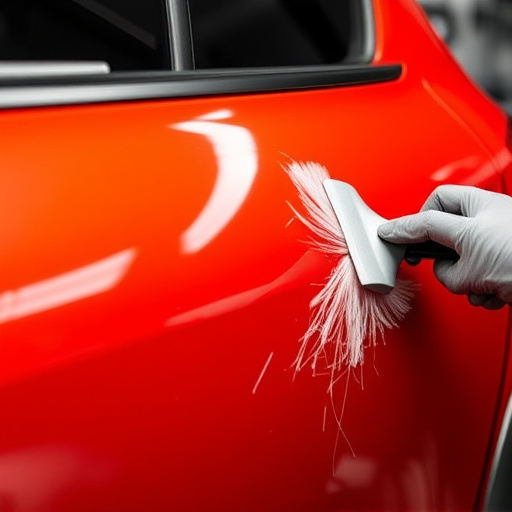
Rocker panels, located on either side of a vehicle below the doors, are often subject to damage due to their exposed position. Common causes include road debris impact, such as rocks or metal fragments, which can puncture or dent the panel. These incidents often occur during off-road adventures or when driving on unpaved roads, where sharp objects lurk beneath the surface. Additionally, collision repairs are a significant aspect of rocker panel replacement, as even minor fender benders can cause these panels to bend, crack, or become misaligned.
In an auto collision center, skilled technicians employ advanced techniques and tools for vehicle body repair, ensuring that the rocker panels are restored to their original condition. This may involve welding, patching, or replacing the damaged section with a new panel, enhancing the overall aesthetics and structural integrity of the vehicle’s bodywork. A prompt rocker panel replacement not only improves the car’s appearance but also prevents further damage, maintaining the safety and reliability of the vehicle.
Efficient Integration of Replacement and Collision Repair Techniques
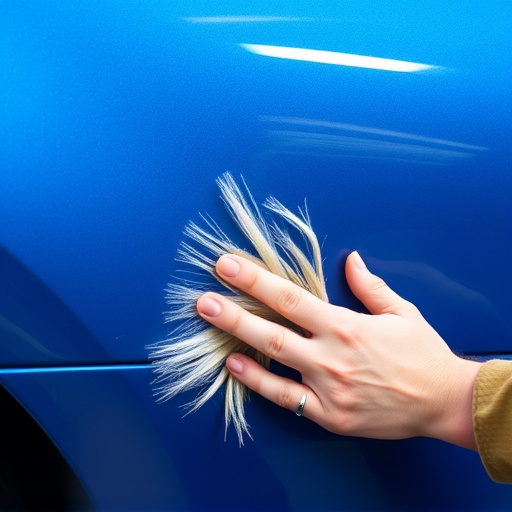
In the realm of automotive repair, especially for classic car restoration, efficient integration of replacement and collision repair techniques is paramount. When it comes to rocker panel replacement, a seamless blend of these methods ensures not just structural integrity but also aesthetic precision. Modern body shop services leverage advanced frame straightening technologies to accurately realign panels, facilitating precise installation of new rocker panels. This meticulous approach not only enhances the vehicle’s overall stability but also retains its original look and feel, making it ideal for both practical repair and classic car enthusiasts seeking authenticity.
Moreover, effective integration involves a deep understanding of the vehicle’s design and construction. For instance, when replacing a damaged rocker panel on an older model, technicians may need to adapt traditional repair methods to match the era’s unique manufacturing techniques. This level of expertise ensures that repairs are not just functional but also serve as a testament to the craft involved in classic car restoration, preserving historical automotive beauty for future generations.
Rocker panel replacement is not just about aesthetics; it’s a critical aspect of collision repair that seamlessly integrates with modern vehicle design. By understanding the role of rocker panels and employing efficient integration techniques, auto body shops can ensure superior repair outcomes, maintaining both the structural integrity and aesthetic appeal of vehicles. This approach not only facilitates faster turnaround times but also enhances customer satisfaction, making rocker panel replacement a game-changer in the collision repair industry.
